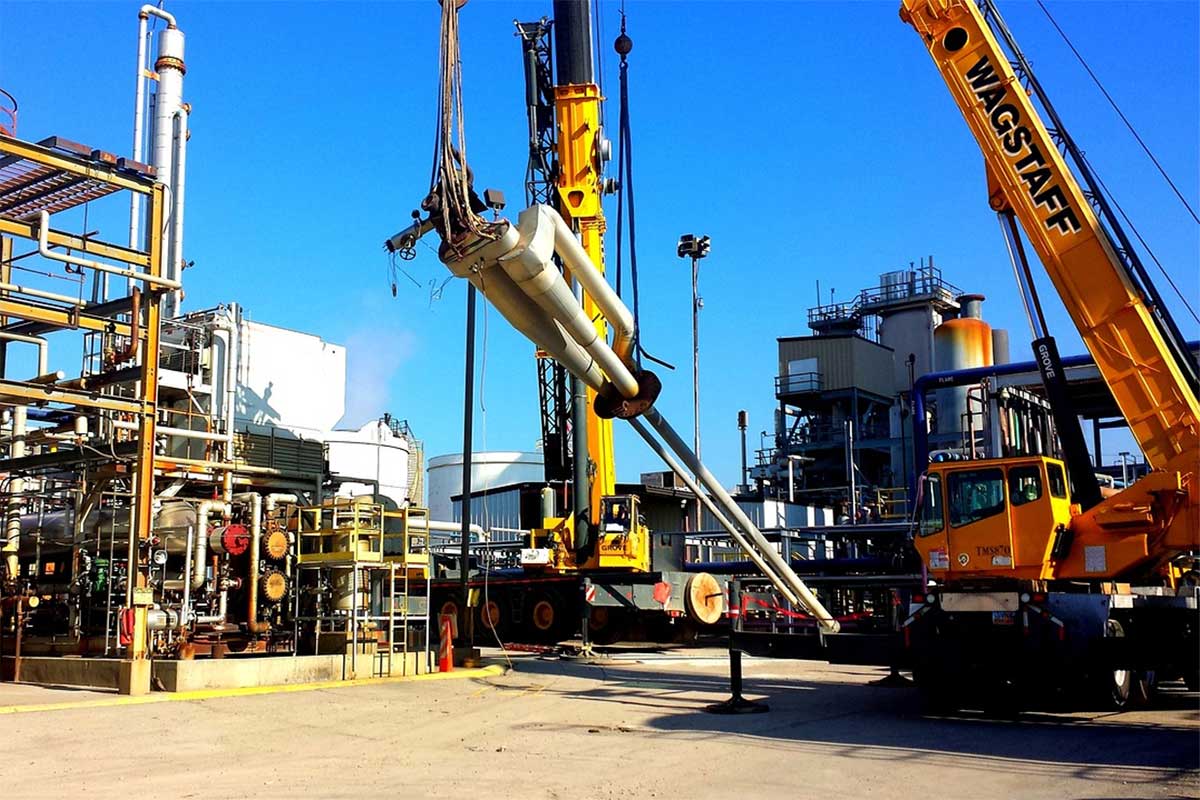The analysis of volatility surfaces plays a vital role in oil options trading. Understanding and utilizing this analysis technique can provide valuable insights into market dynamics, risk assessment, and informed decision-making for traders. If you’re interested in trading oil, you may want to check out Oil Profit trading platform as a potential platform to do so.

Applications of Volatility Surface Analysis in Oil Options Trading
One of the primary applications of volatility surface analysis is in the development of hedging strategies. By examining the shape of the volatility surface, particularly the volatility smile and skew, traders can assess the risk exposure of their options portfolios. Delta hedging and gamma trading techniques can be employed to adjust positions dynamically based on changes in the volatility surface. Additionally, the volatility surface can guide the selection of appropriate calendar spreads, which involve the simultaneous buying and selling of options with different expiration dates.
Volatility surface analysis provides valuable information for forecasting future market movements and making trading decisions. Traders often observe patterns and trends in the volatility surface to identify potential market sentiment shifts. For example, a pronounced volatility smile may indicate an increased demand for out-of-the-money options, suggesting market participants anticipate a potential price swing. By monitoring the volatility surface and interpreting these patterns, traders can adapt their trading strategies accordingly.
Effective risk management is crucial in options trading, and volatility surface analysis can assist in assessing and managing risks. Traders can evaluate the term structure of volatility, which refers to the change in implied volatility across different expiration dates, to gain insights into potential market events and their impact on option prices. Volatility cones, which illustrate the potential range of volatility levels over time, help traders understand the potential volatility risk associated with their options positions. By integrating volatility surface analysis into risk management frameworks, traders can make more informed decisions to protect their portfolios from adverse market conditions.
Volatility surface analysis can be combined with quantitative models to enhance trading strategies. By employing mathematical models for surface interpolation and extrapolation, traders can fill in gaps in the available volatility data and obtain a smoother representation of the volatility surface. This allows for more accurate pricing of options and improved assessment of trading opportunities. Advanced software platforms and resources are available for volatility surface analysis, facilitating the integration of quantitative models into trading processes.
Challenges and Limitations of Volatility Surface Analysis
One of the primary challenges in volatility surface analysis is the quality and availability of data. Obtaining accurate and reliable volatility data across different option strikes and expirations can be a complex task. The data may come from multiple sources, each with its own limitations and potential biases. Traders must carefully select their data sources and ensure the data used for volatility surface analysis is of high quality and represents the specific options being traded. Additionally, there may be instances where data points are missing or sparse, which can hinder the accuracy of the volatility surface.
Volatility surface analysis relies on certain assumptions and mathematical models for interpolation and extrapolation. These models may have inherent limitations and risks. For example, the selected interpolation method may not capture the nuances of the volatility surface accurately. Different models may produce different results, leading to inconsistencies in pricing and trading strategies. Traders should be cautious when relying solely on volatility surface analysis and consider the potential risks associated with the underlying assumptions and models used.
Volatility surface analysis is highly sensitive to changes in market conditions, particularly in the oil market. The volatility surface is influenced by factors such as supply and demand dynamics, macroeconomic events, and geopolitical developments. A sudden shift in market sentiment or the occurrence of an unforeseen event can significantly impact the shape and behavior of the volatility surface. Traders must continuously monitor and reassess the volatility surface to adapt their strategies accordingly. Failure to account for changing market conditions may result in inaccurate pricing and suboptimal trading decisions.
While volatility surface analysis provides valuable insights into historical and current implied volatility, it does not guarantee forward-looking predictability. The volatility surface is a representation of market expectations based on the available information at a given point in time. However, future events and market dynamics can deviate from these expectations, leading to unexpected volatility changes. Traders should supplement volatility surface analysis with other market indicators and fundamental analysis to improve their ability to forecast future market movements accurately.
Conclusion
In conclusion, volatility surface analysis in oil options trading provides valuable insights for risk management, forecasting, and trading strategies. Despite its challenges and limitations, understanding the dynamics of the volatility surface equips traders with a competitive edge in navigating market complexities and optimizing trading outcomes.









